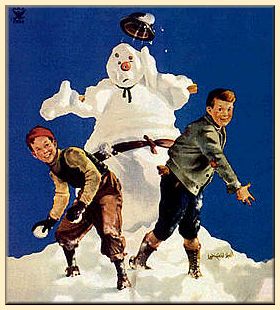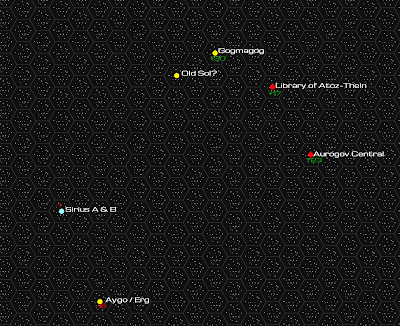In most mature future cultures (particularly ones without terraforming), it's likely the majority of the population will inhabit artificial habitats rather than planets. The main reason (though there are
others) is space: orbital habitats can be placed order planets or directly orbiting stars. They can be place in systems that never had planets form or even around brown dwarfs.
Here's a good article on the science behind
orbital habitat design. Here are some of the designs that have been proposed over the decades:
Asteroids: provide a ready source of materials for habitat building. The "bubbleworld" or
Cole habitat was proposed by Dandridge Cole in 1964. It's creation involves using solar heating to melt the interior of a iron or nickel asteroid and reshape it into a hollow tube. This can be spun to create gravity and soil and water placed on the inside.
Asteroids could be hollowed out in other ways to create habitable space, of course, but given their irregular shape it would be difficult to figure out how to create spin gravity.
Bernal Sphere: It's shape is optimal for retaining atmosphere and providing radiation shielding. If spun, gravity would be generated in a strip along its equator. Gerald O'Neil calculated that a sphere 1800 m in diameter could house 140,000 people comfortably.
Stanford Torus: From
2001 to
Elysium, this is the classic habitat design. It has the advantage of a "wheel" with artificial gravity and a zero-g hub.
O'Neill Cylinder: A large habitat, with the maximal amount of habitable area for it's size, cylinders can be several kilometers in length and rotated on their central axis. Large windows can be placed in the walls of the cylinder that would provide day and night in rotation. Long cylinders will tend to tumble in rotation, so O'Neill proposed linking cylinders in counter-rotating pairs to stabilize them.
Bishop Ring: A torus, but much larger than a Stanford thanks to the utilization of carbon nanotubes in its construction. Bishop's original proposal describes a habitat would approximately 1,000 km in radius and 500 km in width, which would contain 3 million square kilometers of living space--something like India. Because of its size, it wouldn't need to be enclosed like the Stanford, either. It would be able to hold in atmosphere with a combination of its spin and tall (200km) retention walls.


















